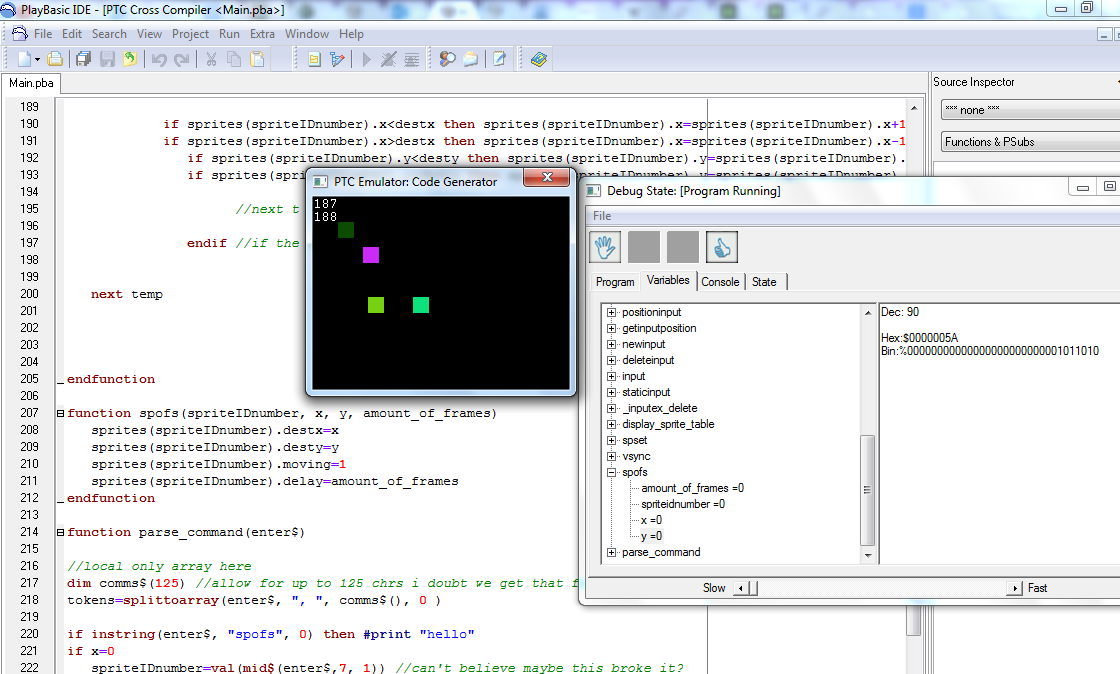
- #Wiki 2nd generation programming language list software
- #Wiki 2nd generation programming language list code
- #Wiki 2nd generation programming language list free
Later generations of program development tools may look less and less like "languages" in the traditional sense of instructions written in text that must conform to a specific grammar or syntax.

A major strength of such objects is that once they are defined they can be used over and over again, thus reducing the effort needed to develop systems. Object-oriented development is based on the use of "objects" that represent both the data structures and the processes that can act on the data. It has been suggested that Object-Oriented programming represents a new generation of tools.
#Wiki 2nd generation programming language list software
The evolution of programming languages and software development tools has not ended with the 4th Generation. Report id name ad-source class hs-code entrance-code app-statusįooting at ad-source skip 2 "Total for: " ad-source "=" count skip 3 Select if term = "961" and (app-status="AC" or app-status="PP") Non-procedural languages, integrated data dictionaries, dynamic relational databases makes possible rapid system development and prototyping. Typical languages: COBOL, FORTRAN, Pascal, Ada, C, BASIC, PL/I. Problem-oriented languages, translation with compilers or interpreters, structured programming, database management systems. Symbolic instructions and addresses, translation of program with an assembler, machine-dependent programming. Machine language, hard-wired instructions, numeric instructions and addresses, machine-dependent programming. For example, the number of registers on one CPU architecture could differ from those of another. Architectural considerations make portability difficult too.
#Wiki 2nd generation programming language list code
Furthermore, portability is significantly reduced - in order to transfer code to a different computer it needs to be completely rewritten since the machine language for one computer could be significantly different from another computer. Doing so on a front panel with switches can be very difficult. In addition, if instructions need to be added into memory at some location, then all the instructions after the insertion point need to be moved down to make room in memory to accommodate the new instructions. However, machine language is a lot more difficult to learn than higher generational programming languages, and it is far more difficult to edit if errors occur. The main benefit of programming in a first-generation programming language is that the code a user writes can run very fast and efficiently, since it is directly executed by the CPU. The first-generation programming instructions were entered through the front panel switches of the computer system. Originally, no translator was used to compile or assemble the first-generation language.
#Wiki 2nd generation programming language list free
A Journey Through Programming Language Generationsįirst-generation programming language From Wikipedia, the free encyclopediaĪ first-generation programming language is a machine-level programming language.


 0 kommentar(er)
0 kommentar(er)
